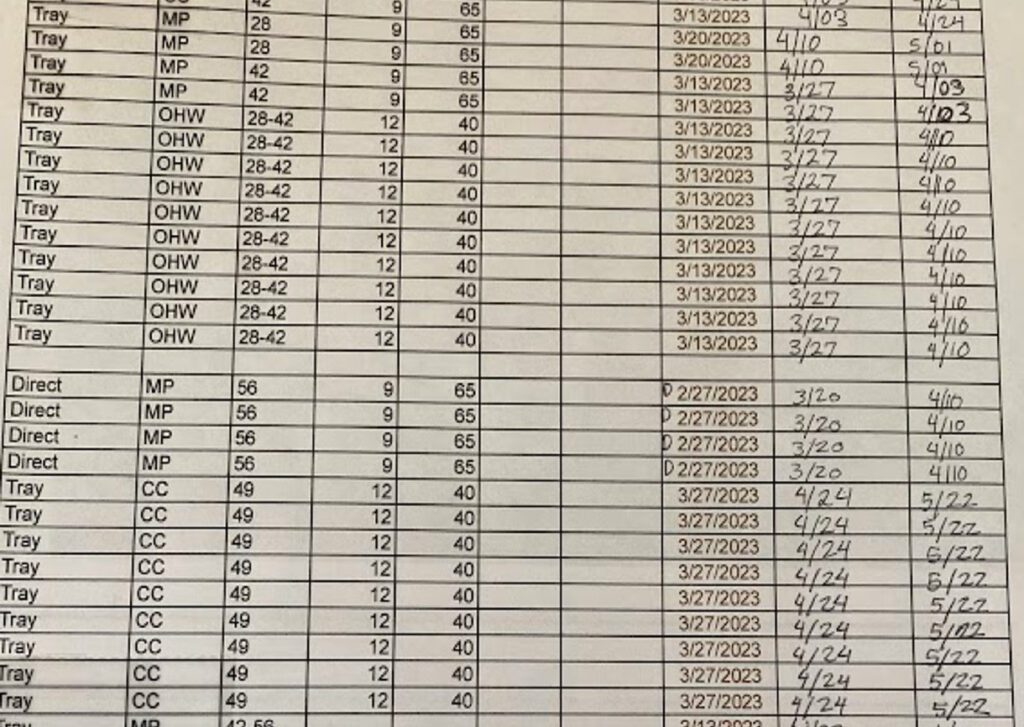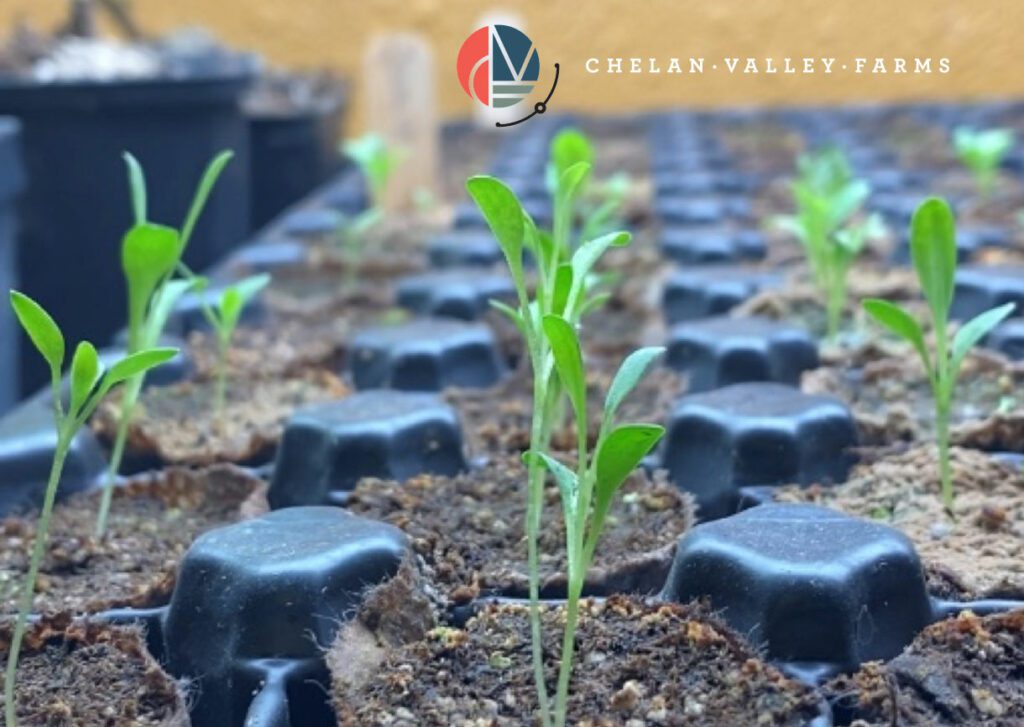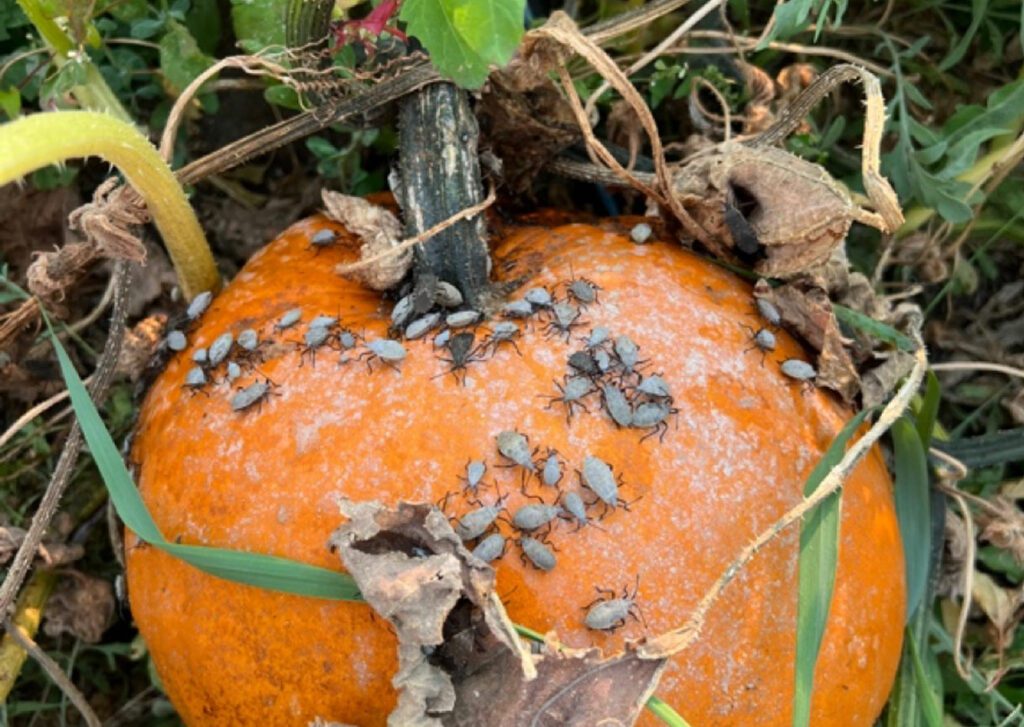Succession Planting & Crop Rotation
A common farming practice we use is succession planting. Incorporating succession planting into your gardening practices will improve your crop yield overall (experience blooms longer – in abundance) and can be beneficial to your soil as well. Here is why…
What is Succession Planting and Why Do it?
To clear up what succession planting is; planting crops in succession refers to planting the same crop on rotation. According to Johnny’s Seeds, some things that succession planting enables farmers to do is, “Maximize space. Extend the harvest window. Maintain a continuous supply and optimize quality and yield.” With many of our flowers here at the farm, we plant them in three successions. Using the Last Spring Frost date, The First Fall Frost date and the number of days to maturity, we utilize this information to plan out our seed starting days. E.g. Snapdragons are a variety that matures more slowly, taking 8-10 weeks for the first blooms to appear and with that, they are one of the first crops we start in trays. This information can generally be found on your seed packets. 2023 succession planting days for growing Snapdragons according to Manson’s last Spring frost and first Fall frost are as follows: February 13th, March 6th, and March 28th. On each of these sowing days, we keep track of the number of seed cells planted as well as the varieties. This way when the summer rolls around and these are transplanted outdoors, the snapdragons will bloom according to the date they were planted and produce a consistent variety plus a longer yield than a single succession would have produced. In effect, what succession planting really does is to help extend your beautiful blooms through the whole extent of the growing months.

2023 Succession Schedule

Snapdragon Seedlings
Succession Planting, Soil Health and Crop Rotation
One of the bonuses of succession planting is that it is awesome for soil health. Having roots binding the soil throughout the season helps defend against wind and prevent against soil erosion. By planting in successions, you’re ensuring that there will consistently be roots in the ground helping to bind the soil and prevent against the negative effects of wind and rain.
Another asset to optimizing soil nutrients is incorporating the practice of crop rotation. Crop rotation is widely recognized commercial practice in many crops and areas around the world. It’s also a valuable practice in flower gardening. For example, some crops may need nitrogen rich soil while others require lower nitrogen levels, like Dahlias. As such, if you’re starting with soil that has low nitrogen levels, you would do best to plant a flower like Lupine which feeds nitrogen back into the soil and plant in the following year a crop that requires higher contents of nitrogen. This is because the nitrogen would have been well deposited the year prior making the soil optimal for crops requiring higher nitrogen content. And, as talked about on a previous article – if you’re in doubt of your soils nutrient content or the availability of those nutrients, you can always get your soil tested. Crop rotation also aids in combatting pest and weed pressure.
Our pumpkin patch is a great example. Pumpkins are susceptible to a soil disease called Fusarium. When this fungus is allowed to multiply to levels harmful to pumpkin roots it can be devastating to the crop. Fusarium builds up in pumpkins roots if pumpkins are grown in the same soil or field too many years in a row. The Fusarium fungus is also persistent in the soil once established – lasting 20 years or more if it establishes itself at high levels. But – the most effective way to prevent the buildup of Fusarium is to practice crop rotation. At Chelan Valley Farms we do not grow pumpkins in the same field any more than two years in a row. So, when you visit this coming fall you’ll find our pumpkins being grown in different places. And, another best practice – is to move a crop into the field where the pumpkins were grown – like Sunflowers.
What I’ve described here on crop rotation just scratches the surface on the many reasons to consider it. I hope this at least brings an awareness to crop rotation as an option to keep your soils healthy and plants happy.

Not only is crop rotation helpful for reduction of disease inoculum (the way the pathogen remains in the field – think of it like germs sticking around and spreading), but it can also help reducing insect pests – like these squash beetles shown here.
Transplanting vs Direct seeding & Planning Your Successions
Now, depending upon what you’re growing, certain seeds need to be started indoors while others will do best being directly sowed into the ground. Often, tray started seedlings can be purchased already growing and ready to be transplanted out of doors even just from the local Walmart or a plant nursery. Often times plant species can do either or but on most seed packets, information about whether the specie will do best transplanted versus directly seeded can be found on the back of the packet. On Johnny’s seed packets, you will usually see the word (recommended) next to the preferred method for the variety. For more information on understanding the information found on the back of your seed packet, check out this simple guide to understanding the information on the back of your seed packet.
You might be wondering at this point how to plan out your successions according to the specie. A resource we often use at Chelan Valley Farms is Floret Flowers. In Floret’s online course, she includes an incredibly helpful guide to planning successions. If you don’t have this as an asset, another helpful resource is Johnny’s Interval Charts for starting Vegetables, Flowers and Herbs. How to space out successions depends upon what you’re growing, how long the specie will take to mature, the length of time in which the plant will produce and the first/last frost dates. Using this information to plan out your successions will give you the highest yield result since this assumes that throughout the whole growing season your plants will be producing. If you find you need help in figuring out those dates, feel free to reach out to us at the farm or stop by when we’re open so we can chat!
Garden Objects & Insight
Some other things to consider incorporating into your gardening method to extend the growing season even longer are the use of certain garden objects. Hoop houses are one method that when used can help extend the length of the growing season as they will protect plants from frosts. Hoop houses will not necessarily keep much heat in but choosing to pursue this method gives gardeners the ability to transfer crops out of doors without the fear of an unforeseen frost killing the new crop.

Our greenhouse ready to be finished.
Greenhouses on the other hand, are designed to keep the heat in which can actually extend the growing season through the entirety of the year when temperatures are monitored with consistency. Monitoring the temperature of your greenhouse is an important step in maintaining year-round crops as fluctuations in temperature can stunt the growth of or kill your plants. Raised beds are another method to consider in your garden. The use of such gardening beds can make the process of planning your crop rotations more organized and perhaps easier to track. In addition to these, incorporating an irrigation system can also benefit the overall functionality of your garden space. At Chelan Valley Farms, we use drip tube irrigation for the vineyard and vegetable/flower gardens to evenly distribute water to crops. I’ve personally noticed that this method is helpful in the prevention of creating soil runoff as the speed of the drip can be monitored and adjusted.
Careful planning and sufficient preparation are some of the best ways in which to establish your garden. Whether you’ve utilized planting in successions before or not, there will always be something new to learn and perhaps a new method to incorporate. Thank you for taking the time to learn the ins-and-outs of gardening alongside us at the Farm as we attempt new gardening methods and as we grow!
Flower Note:
This upcoming summer we will be starting a Flower Club to replace the traditional CSA we have done in years past. The Flower Club will be an 8-week program in the summer months where we will build farm fresh bouquets for our flower club participates to be picked up from the farm once a week. Included will be a complimentary flower workshop. Flower Club spaces are limited, feel free to reach out for more information and to reserve your spot in advance!
Happy planting!




